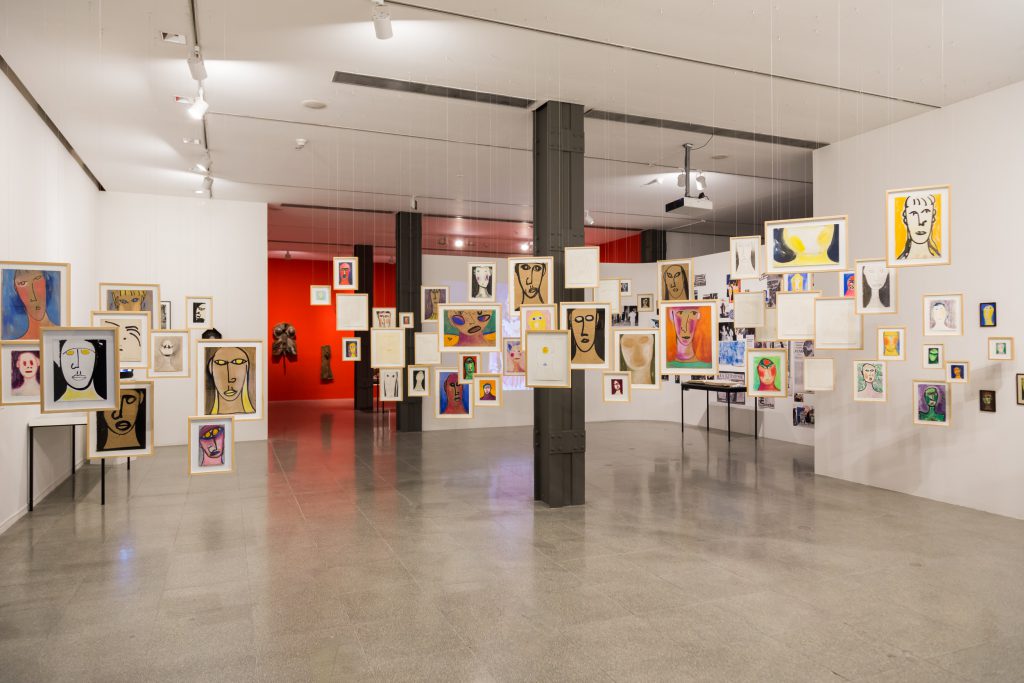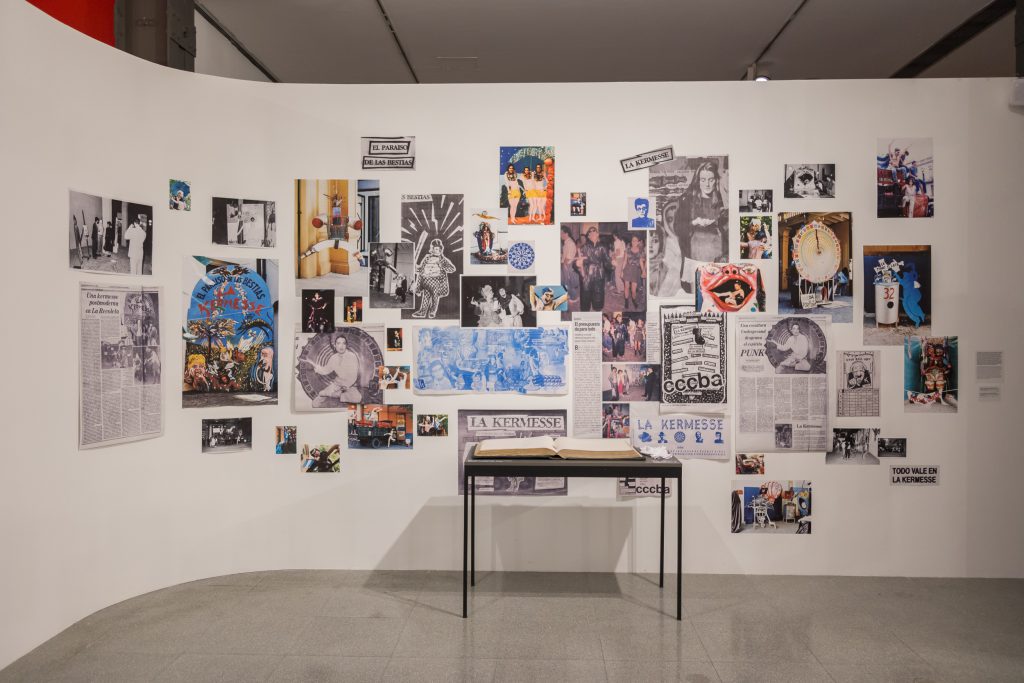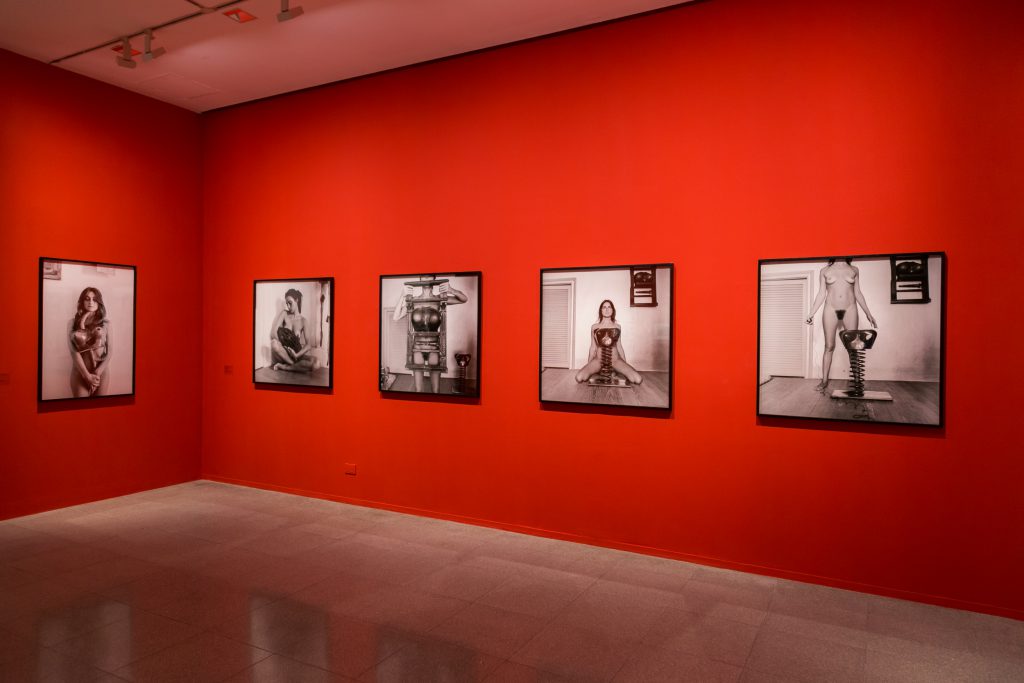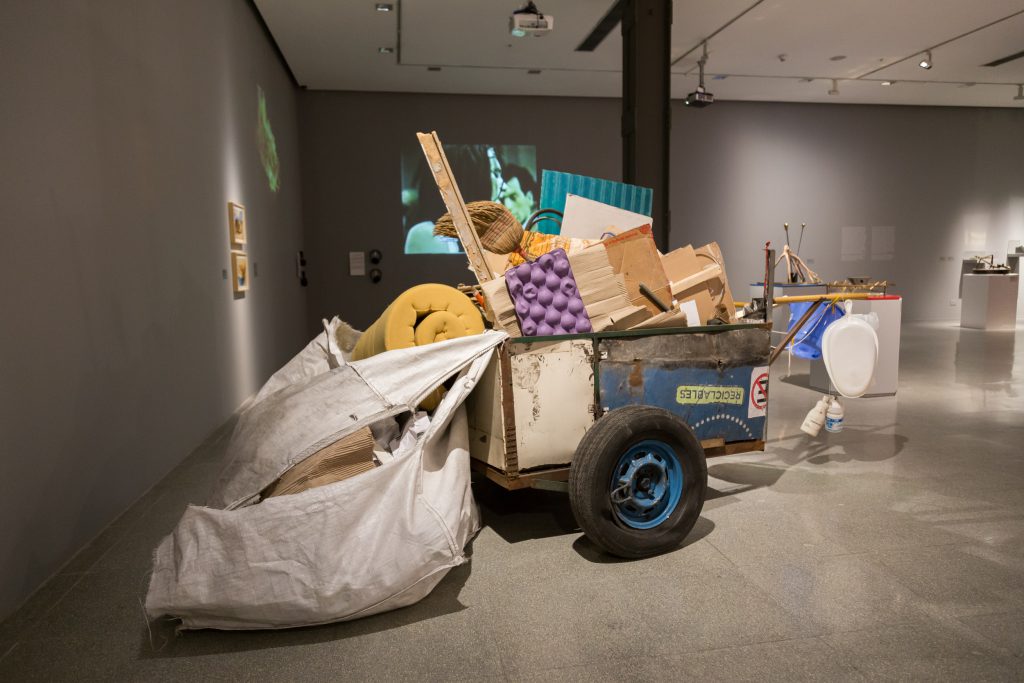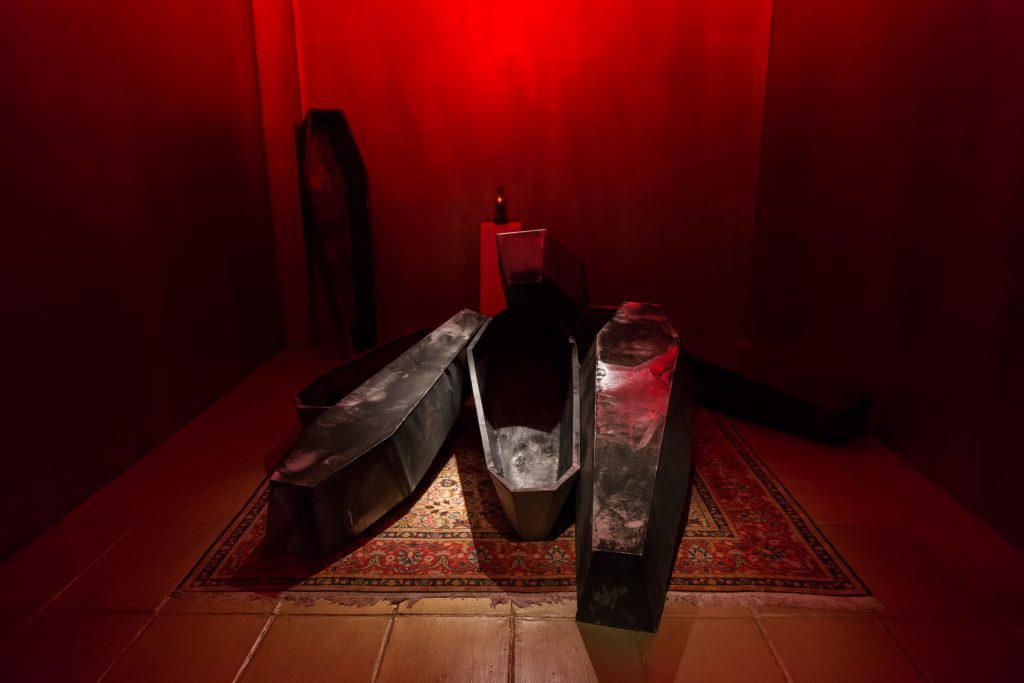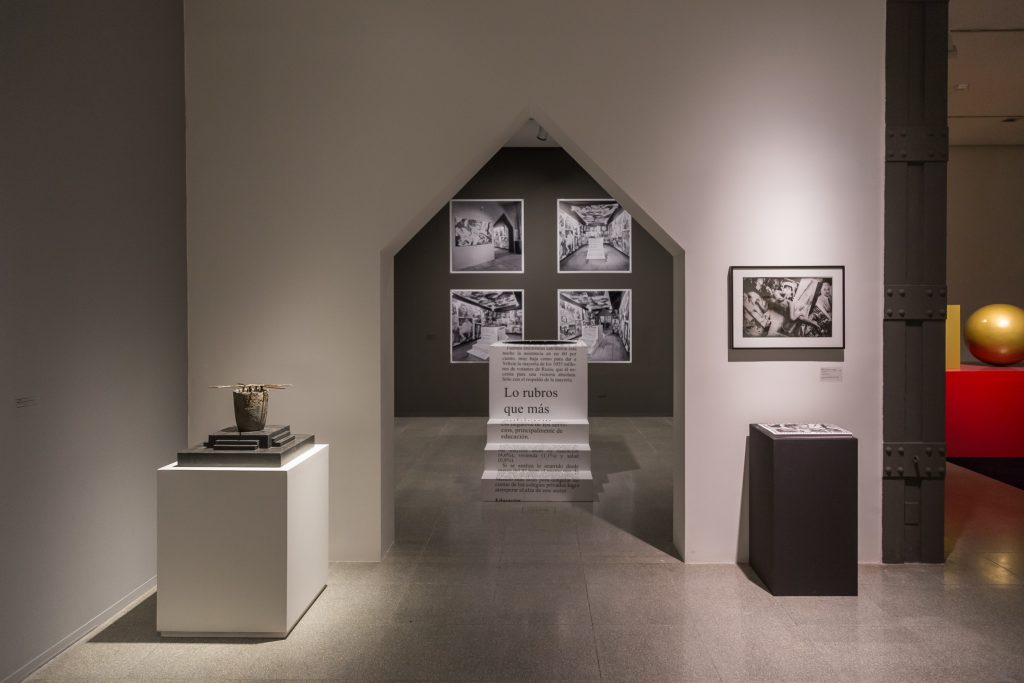
This major retrospective of the work of Liliana Maresca (Buenos Aires, 1951 – 1994) spans 12 years of her artistic career from 1982 to her death in 1994. The exhibition is the result of four years of research with which the Museo seeks to pay homage to and reaffirm the power of an artist who is essential for understanding the present art scene.
Maresca was one of the most active figures in the construction of an interdisciplinary artistic community that began as an underground towards the end of the military dictatorship. Her work was a critical response to the central problems of society, the political situation in the country and HIV, which affected her personally.
With overwhelming energy, she sought to expand the frontiers of art, blurring boundaries, categories and disciplines and confronting the socio-political situation. In addition to encouraging the rebuilding of the democratic community, she was able to capture and transmit – like a powerful antenna – the most central and urgent aspects of a tumultuous social situation. Her artistic practice ranged from addressing themes such as intimate political manifestos about the body, love and sexuality to social violence in Argentina and overseas.
The works exhibited include: Una bufanda para mi ciudad [A Scarf for My City], Mascaritas [Masks], Lavarte [Laundromart], Kermesse, the series of photographs she made in collaboration with Marcos López, the sculptures from the series No todo lo que brilla es oro [Not All that Glitters is Gold], the installation Recolecta and videos that document the artwork Ouroboros and the exhibition La Cochambre. In addition, the installations Wotan Vulcano, Imagen pública- Altas esferas [Public Image-High Spheres] and El Dorado have been reconstructed. The exhibition closes with two projects on the first floor: Espacio disponible [Available Space] and Maresca se entrega a todo destino [Maresca Delivers Herself Up For All Purposes].
Maresca was mainly self-taught although in the mid-seventies she attended classes at the Sociedad Estímulo de Bellas Artes and took classes with several artists, including Emilio Renart. In the early 1980s, she started to take an active part in the Buenos Aires underground art scene in spaces such as Café Einstein and the magazine El Porteño. In addition to organizing and taking part in collective exhibitions, she worked with artists such as Ezequiel Furgiuele and the photographer Marcos López. In the early nineties, she exhibited her projects at the Centro Cultural Recoleta and the Casal de Catalunya.



